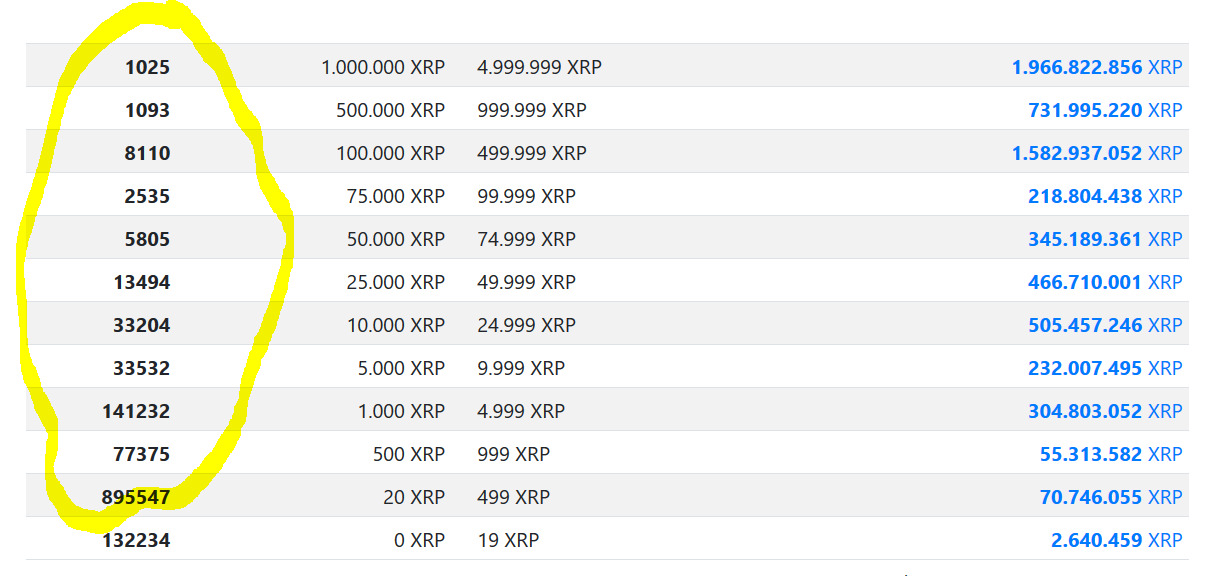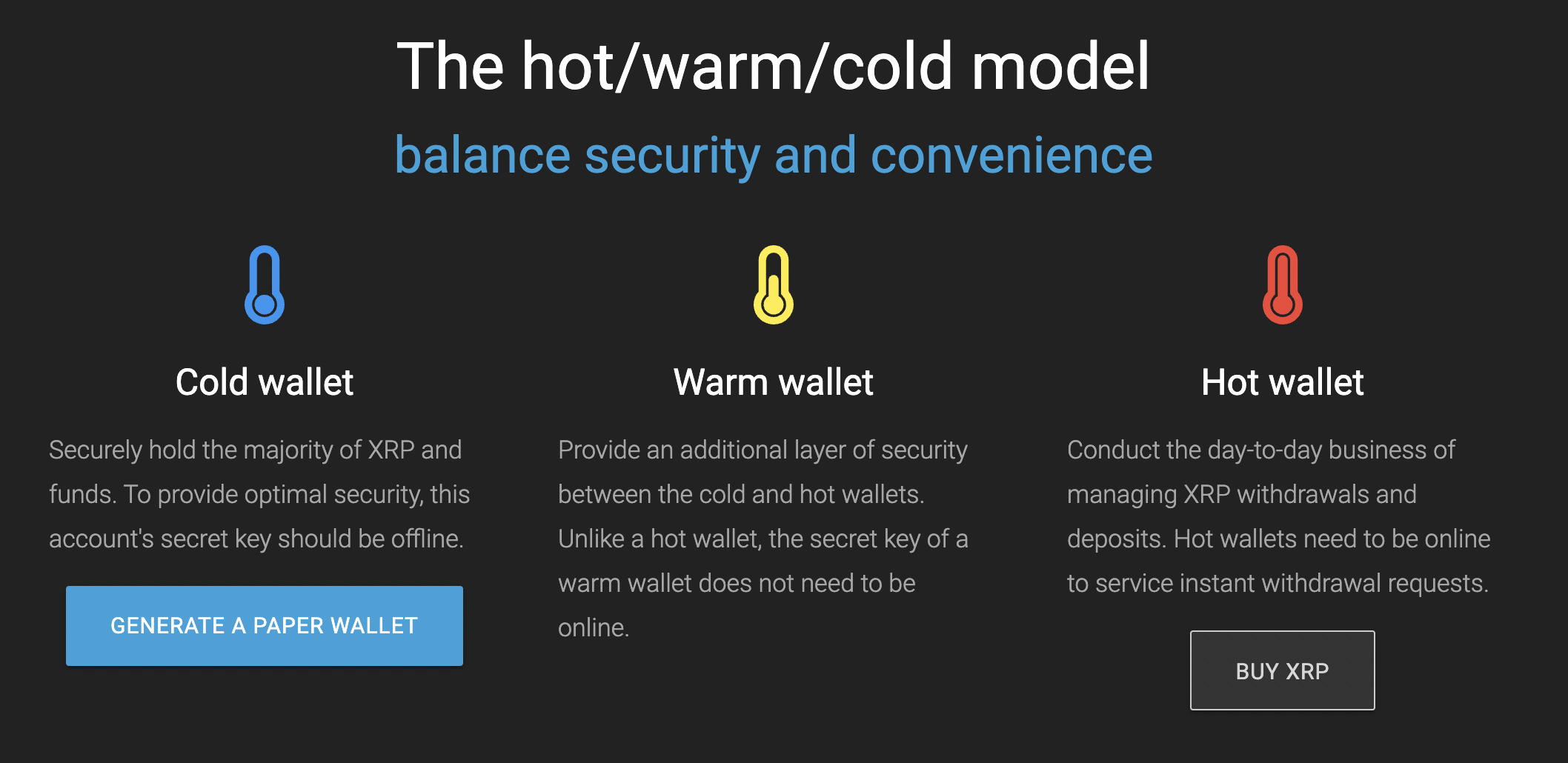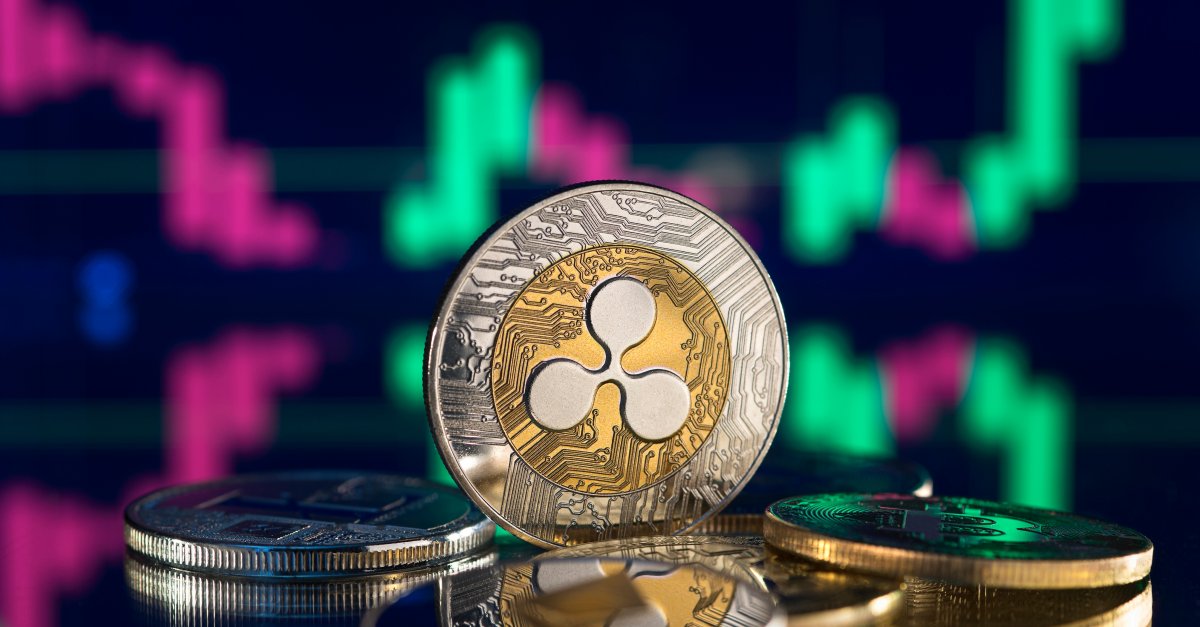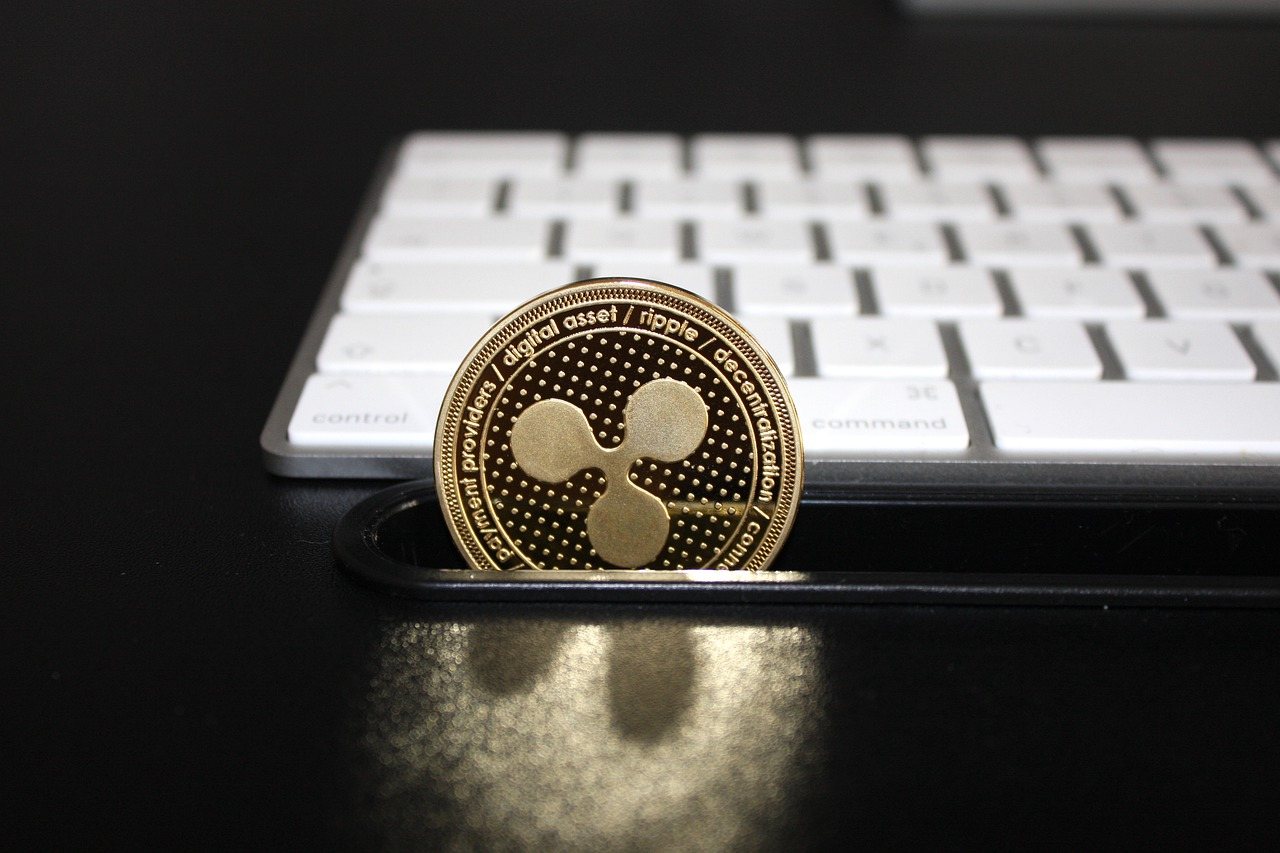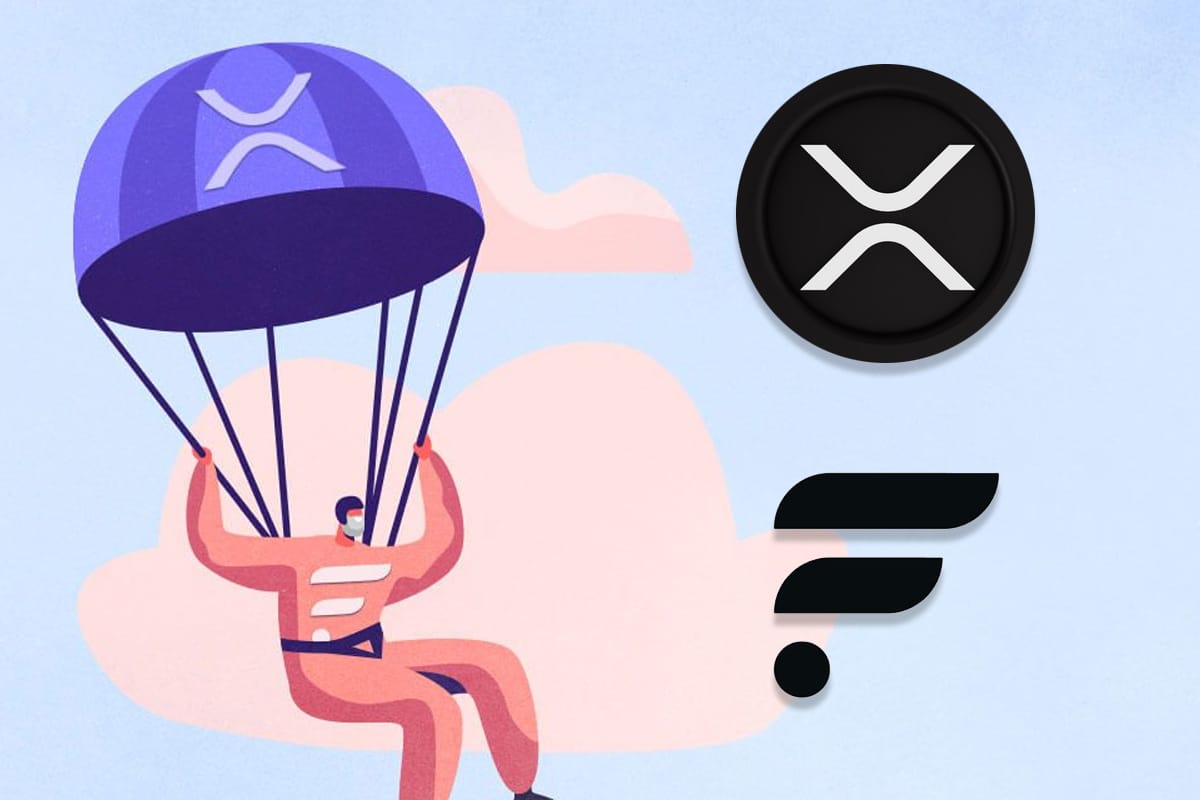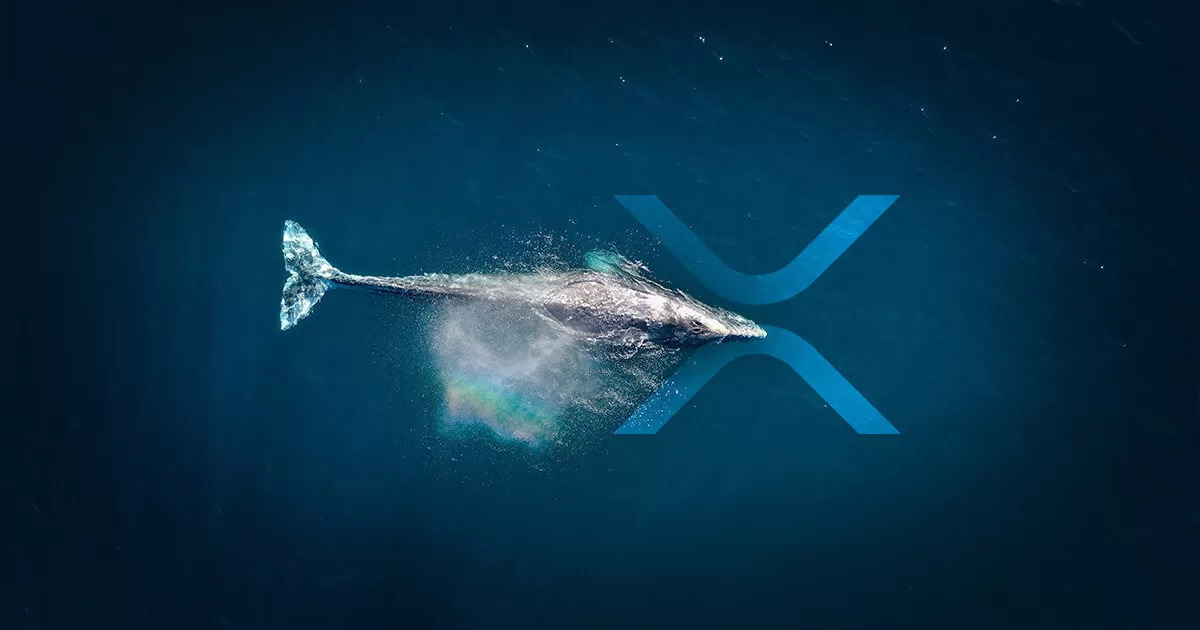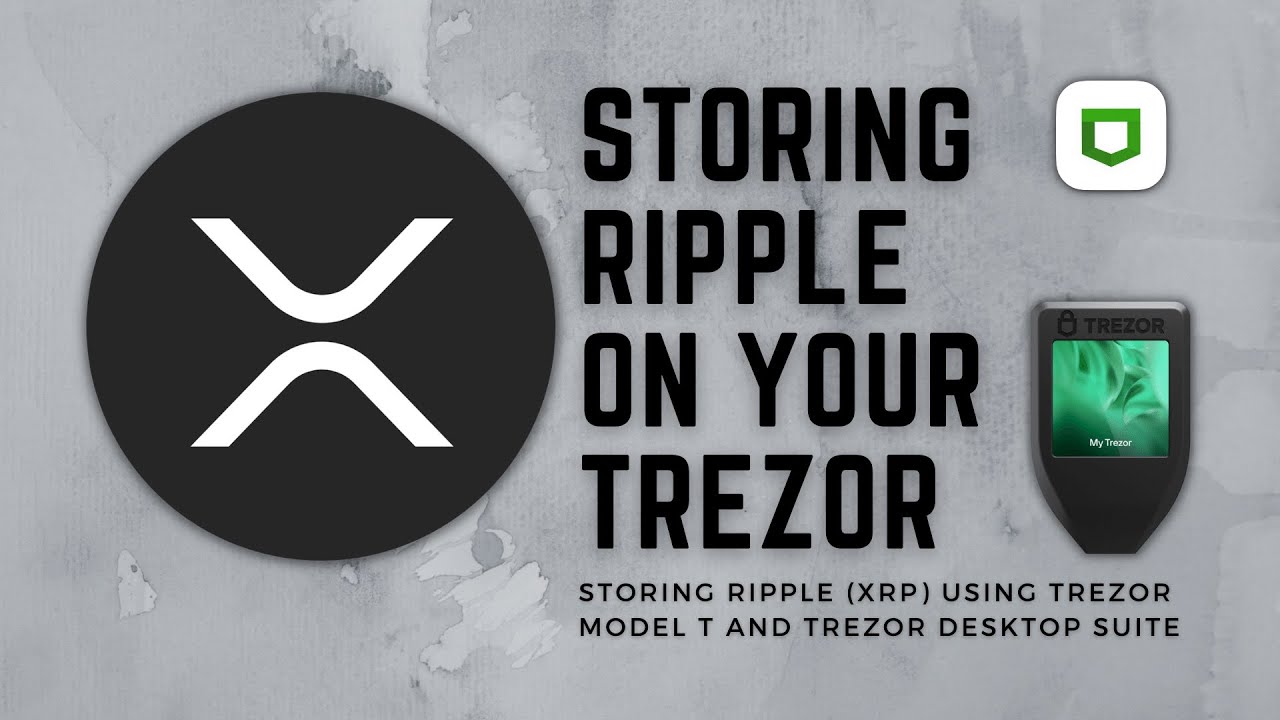Introduction
XRP is a popular cryptocurrency that has gained significant attention in the digital currency market. As one of the top cryptocurrencies by market capitalization, XRP offers a unique value proposition and has attracted a large number of investors and enthusiasts worldwide. In this article, we will explore the fascinating world of XRP and uncover how many XRP holders there are globally.
Since its inception in 2012, XRP has established itself as a prominent player in the cryptocurrency industry. Developed by Ripple Labs, XRP serves as both a digital currency and a protocol for enabling fast and low-cost international money transfers. Its blockchain technology and decentralized network allow for instantaneous cross-border transactions, making it an ideal solution for financial institutions and individuals looking to streamline their payment processes.
So, what sets XRP apart from other cryptocurrencies? One of the main advantages of XRP is its scalability. While many blockchain-based cryptocurrencies face challenges with transaction speed and capacity, XRP can handle up to 1,500 transactions per second, making it one of the fastest and most efficient digital assets available. This scalability, combined with its low transaction fees, makes XRP an attractive choice for those seeking to send or receive money globally.
The popularity of XRP has grown steadily over the years, attracting a diverse range of investors, speculators, and technology enthusiasts. Its unique features and potential for disruption in the financial industry have captured the attention of both individuals and institutional investors alike.
But just how many XRP holders are there worldwide? In the next section, we will delve into the numbers and explore the global distribution of XRP holders.
What is XRP?
XRP is a digital currency that operates on a decentralized network called the XRP Ledger. It was created by Ripple Labs, a San Francisco-based technology company, and is designed to facilitate fast and cost-effective cross-border transactions. Unlike traditional currencies such as the US dollar or the Euro, XRP exists solely in digital form and does not have a physical counterpart.
At its core, XRP serves two main purposes: it acts as a digital asset for transferring value and as a bridge currency for facilitating liquidity between different fiat currencies. The primary goal of XRP is to enable seamless and efficient money transfers across borders, eliminating the need for intermediate financial institutions and reducing associated fees and processing times.
The technology behind XRP is based on a distributed ledger system, similar to other cryptocurrencies like Bitcoin and Ethereum. However, there are key differences that set XRP apart. While Bitcoin operates on a proof-of-work consensus algorithm, which requires extensive computational power and time to validate transactions, XRP uses a more efficient consensus algorithm called the Ripple Protocol Consensus Algorithm (RPCA). This enables faster transaction confirmation and higher throughput, making it well-suited for large-scale payment networks.
One unique aspect of XRP is the pre-mined nature of its tokens. Unlike Bitcoin, where new coins are created through a process called mining, all 100 billion XRP tokens were created at the inception of the network. The majority of these tokens are held by Ripple Labs, the company behind XRP, with smaller portions being released into circulation gradually. This has led to some controversy and criticism within the cryptocurrency community, as critics argue that the large supply of XRP held by Ripple Labs could influence its price and decentralization.
Despite the controversy, XRP has gained significant traction in the financial industry. Its technology has been adopted by numerous financial institutions and payment providers, who utilize it to facilitate faster and more efficient cross-border transactions. This widespread adoption has contributed to XRP’s growing popularity and market value.
Overall, XRP is a digital asset with unique characteristics that position it as a promising solution for global money transfers. With its focus on speed, scalability, and cost-effectiveness, XRP has the potential to revolutionize the way we send and receive money internationally.
Why is XRP popular?
XRP has gained considerable popularity in the cryptocurrency landscape for several compelling reasons. Here are some key factors contributing to its widespread adoption:
Speed and Scalability: One of the significant advantages of XRP is its ability to process transactions quickly and handle high volumes. With the capacity to handle up to 1,500 transactions per second, XRP outperforms many other cryptocurrencies in terms of scalability. Its speed and efficiency make it an attractive choice for individuals and businesses seeking fast and reliable payment solutions.
Low Transaction Costs: Another factor that adds to XRP’s popularity is its low transaction fees. Compared to traditional cross-border payment methods that involve intermediary banks and high fees, XRP transactions are significantly cheaper. The reduced costs make it an attractive option for individuals and businesses looking to save money and streamline their payment processes.
Global Liquidity: XRP’s role as a bridge currency between different fiat currencies contributes to its popularity. Financial institutions and payment providers can use XRP to facilitate liquidity and settle transactions in real-time across borders. Its global liquidity capabilities make it a valuable asset for cross-border payments, bypassing the need for pre-funded accounts in various currencies.
Partnerships and Integration: Ripple Labs, the company behind XRP, has formed strategic partnerships and collaborations with numerous financial institutions and payment providers worldwide. These partnerships have led to the integration of XRP into various payment networks, making it accessible to millions of users. The growing network of partnerships and integrations has contributed to the increased adoption and popularity of XRP.
Regulatory Compliance: XRP’s strong emphasis on regulatory compliance has also played a significant role in its popularity. Ripple Labs has proactively worked with regulatory bodies to ensure that XRP transactions comply with existing financial regulations. This commitment to compliance has instilled confidence among institutions and investors, positioning XRP as a reliable and trustworthy digital asset.
Innovation in the Financial Industry: XRP’s underlying technology, the XRP Ledger, has paved the way for innovative solutions in the financial industry. Its decentralized and efficient system has the potential to revolutionize various financial processes, such as cross-border remittances, micropayments, and decentralized finance (DeFi). The promise of disruptive innovation has attracted the attention of both individuals and institutions, further contributing to XRP’s popularity.
Overall, XRP’s speed, scalability, low transaction costs, liquidity, partnerships, regulatory compliance, and potential for innovation have made it a popular choice among individuals, financial institutions, and payment providers. As the blockchain and cryptocurrency landscape continues to evolve, XRP’s unique features and advantages position it as a noteworthy player in the digital currency market.
How many XRP holders worldwide?
As of [insert latest available data], the exact number of XRP holders worldwide is not publicly disclosed. However, we can still estimate the number based on the available information and the transparency of the XRP Ledger.
The XRP Ledger is a public and decentralized blockchain that records all XRP transactions and account balances. It allows anyone to view the ledger and track the number of unique XRP addresses. While not every address represents a unique individual or entity, it provides us with an approximate idea of the number of XRP holders.
According to research and analysis from various sources, including blockchain explorer websites and industry reports, it is estimated that there are millions of XRP holders globally. The exact number can vary due to factors such as multiple addresses held by an individual or entity, exchanges holding XRP on behalf of their users, and dormant or inactive addresses.
The popularity of XRP, its use in various financial applications, and its growing adoption by institutional investors contribute to the increasing number of XRP holders. Furthermore, as the cryptocurrency market continues to evolve and XRP gains more recognition and utility, it is anticipated that the number of XRP holders will continue to grow.
It is important to note that the number of XRP holders can fluctuate over time. Some individuals may enter or exit the XRP market, and new investors and enthusiasts join the XRP community every day. Additionally, the regulatory landscape, market conditions, and technological developments can impact the growth and composition of XRP holders.
While the exact number of XRP holders worldwide may remain undisclosed, the widespread interest and engagement with XRP suggest a significant and growing base of individuals, institutions, and retail investors who hold and transact with this digital asset.
Breakdown of XRP holders by country
Although data on the specific number of XRP holders by country is not publicly available, we can gain insights into the geographical distribution of XRP holders based on various reports and research. It should be noted that these breakdowns are estimations and can vary due to several factors such as the popularity of XRP in a particular region, regulatory environments, and access to cryptocurrency exchanges. Here is a general overview of XRP holders by country:
United States: The United States is considered one of the largest markets for cryptocurrencies, including XRP. With a vibrant cryptocurrency ecosystem, a significant number of XRP holders can be attributed to US residents and institutional investors who have shown a strong interest in digital assets.
Japan: Japan has long been one of the leading countries in terms of cryptocurrency adoption and regulation. XRP has gained considerable recognition and acceptance in the Japanese market, with several major financial institutions partnering with Ripple Labs to leverage its technology. As a result, Japan is often considered a significant hub for XRP holders.
Korea: South Korea has also emerged as a prominent market for cryptocurrencies, and XRP has garnered substantial attention among Korean investors. The country has a progressive regulatory approach towards cryptocurrencies, which has helped foster a favorable environment for XRP adoption.
United Kingdom: The United Kingdom has witnessed growing interest in cryptocurrencies, with many individuals and institutional investors participating in the digital asset market. XRP has gained traction in the UK, and there is a notable presence of XRP holders in the country.
India: India has a vast population and a growing interest in cryptocurrencies. XRP has captured the attention of Indian investors and companies, with its potential for fast and cost-effective cross-border transactions. The exact number of XRP holders in India remains unclear, but the country is seen as a significant market for XRP adoption.
Australia: Australia has a thriving cryptocurrency community, and XRP has established a strong foothold in the country. Australian investors are actively involved in the digital asset market, and XRP’s use case for international remittances has resonated well with the Australian population.
These are just a few examples of countries where XRP adoption and the number of XRP holders are believed to be relatively high. However, it is crucial to recognize that XRP has a global presence, with holders located in numerous other countries around the world.
The distribution of XRP holders is subject to change as the cryptocurrency market develops and awareness of XRP grows. Factors such as regulatory changes, technological advancements, and market trends can influence the geographical breakdown of XRP holders over time.
XRP holders versus XRP addresses
When discussing XRP, it is essential to differentiate between XRP holders and XRP addresses. While these terms are related, they represent different aspects of the XRP ecosystem.
XRP holders refer to individuals or entities who possess XRP tokens. These can include individual investors, institutional investors, cryptocurrency exchanges, and other entities that hold XRP for various purposes. XRP holders are the actual owners of the digital asset and have control over their XRP holdings.
On the other hand, XRP addresses represent the unique identifiers in the XRP Ledger where XRP tokens are held. Each XRP address is a sequence of letters and numbers that serves as an identifier for a specific location on the XRP Ledger. Addresses are generated when individuals or entities create XRP wallets to store their XRP tokens.
It is important to note that not every XRP address corresponds to a unique individual or entity. One individual may possess multiple XRP addresses for various reasons, such as security, privacy, or organizational purposes. Additionally, exchanges and custodial wallets often hold XRP on behalf of their users, resulting in a smaller number of addresses compared to the number of actual XRP holders.
Due to these factors, the number of XRP addresses is typically higher than the number of unique XRP holders. Many XRP holders have multiple addresses, while some addresses may be inactive or dormant. Therefore, it is not advisable to equate the number of XRP addresses with the number of individual XRP holders.
The distinction between XRP holders and XRP addresses is crucial when analyzing the XRP ecosystem. While the number of XRP addresses provides insights into the activity on the XRP Ledger, understanding the number of actual XRP holders helps gauge the popularity and adoption of XRP as a digital asset.
It is worth noting that the exact number of unique XRP holders worldwide is unknown, as it is not publicly disclosed. However, industry reports and analysis estimate that there are millions of XRP holders globally, considering the growing popularity of XRP and its usage in various financial applications.
As the XRP ecosystem continues to evolve, monitoring the number of XRP holders alongside the number of XRP addresses provides valuable insights into the growth and dynamics of the XRP community.
Top XRP holders
One unique aspect of XRP is the distribution of its ownership, which includes a mix of individual investors, institutional investors, cryptocurrency exchanges, and the token’s creator, Ripple Labs. While the exact ownership details and rankings may vary over time, here are some notable entities that have been recognized as top XRP holders:
Ripple Labs: As the creator and developer of XRP, Ripple Labs holds a significant portion of XRP tokens. Ripple’s XRP holdings have been a topic of discussion and scrutiny within the cryptocurrency community due to concerns regarding centralization. The company regularly discloses its XRP sales and has committed to using its holdings to foster liquidity and promote its payment solutions.
Cryptocurrency Exchanges: Many cryptocurrency exchanges hold a substantial amount of XRP on behalf of their users. Exchanges such as Binance, Coinbase, and Huobi are known to have significant XRP reserves. This is primarily because XRP has been traded actively on these platforms, making it readily accessible for buying, selling, and trading among users.
Institutional Investors: Over time, more institutional investors have recognized the potential of cryptocurrencies, including XRP. Investment funds and asset management companies, such as Grayscale Investments, have accumulated notable amounts of XRP on behalf of their institutional clients. These institutional players bring additional liquidity and contribute to the overall demand for XRP.
Individual Investors: XRP has garnered a dedicated community of individual investors who hold and trade XRP tokens. These individuals often purchase XRP as a long-term investment or actively trade it on various exchanges. While the holdings of individual investors may be smaller compared to large entities, the collective impact of their ownership can still be significant.
It is important to note that the XRP ledger’s transparency allows for the tracking of major XRP transactions, but it does not provide complete visibility into the identities of all holders. Additionally, as XRP ownership can fluctuate, the rankings of top XRP holders may change periodically.
It is worth mentioning that the distribution of XRP ownership has been a topic of debate within the cryptocurrency community. Critics argue that the concentration of XRP holdings by Ripple Labs and other large entities may impact the decentralization and governance of XRP. Ripple Labs has taken steps to address these concerns and has emphasized its commitment to promoting decentralization and transparency.
Overall, the top XRP holders consist of a mix of entities, including Ripple Labs, cryptocurrency exchanges, institutional investors, and individual investors. Their holdings play a vital role in shaping the XRP ecosystem, providing liquidity, and driving demand for the digital asset.
How to become an XRP holder
If you are interested in becoming an XRP holder and participating in the XRP ecosystem, here are the steps you can follow:
Step 1: Educate Yourself: Start by gaining a solid understanding of XRP and its underlying technology. Research the basics of blockchain, cryptocurrencies, and the specific features and use cases of XRP. This knowledge will help you make informed decisions as you navigate the world of XRP.
Step 2: Choose a Wallet: Select a secure and reputable wallet to store your XRP tokens. Wallets can be categorized into software wallets (desktop or mobile applications), hardware wallets (physical devices), or web wallets (online platforms). Ensure that your chosen wallet supports XRP and provides adequate security measures to protect your assets.
Step 3: Select a Cryptocurrency Exchange: Find a trusted cryptocurrency exchange that supports XRP trading. Some popular exchanges that offer XRP trading pairs include Binance, Coinbase, Kraken, and Bitstamp. Create an account on your chosen exchange and complete any necessary verification processes that may be required.
Step 4: Purchase XRP: Once you have set up your wallet and verified your exchange account, you can proceed to purchase XRP. Deposit funds into your exchange account using your preferred payment method (such as bank transfer or debit/credit card) and use those funds to buy XRP. Carefully consider market conditions, fees, and any additional trading features offered by the exchange.
Step 5: Transfer XRP to Your Wallet: After purchasing XRP on the exchange, it is recommended to transfer your XRP to your personal wallet for enhanced security and control over your assets. Withdrawal options for XRP can typically be found in the “Withdraw” or “Funds” section of the exchange’s website or app. Follow the provided instructions to send your XRP to your wallet’s unique address.
Step 6: Secure Your XRP: Take necessary precautions to secure your XRP holdings. Keep your wallet passphrase or private keys in a safe place and consider using additional security measures such as two-factor authentication (2FA) or biometric verification if available. Regularly update your wallet software and stay vigilant against phishing attempts or fraudulent activities.
Step 7: Stay Informed and Engage: Stay up to date with news, developments, and updates related to XRP and the wider cryptocurrency market. Engage with the XRP community through online forums, social media groups, and dedicated websites to broaden your knowledge and learn from experienced XRP holders.
Remember, investing in XRP, like any cryptocurrency, carries risks. The cryptocurrency market can be highly volatile, and it is important to only invest what you can afford to lose. Do your own research, seek advice from financial professionals if needed, and make informed decisions based on your individual risk tolerance and financial situation.
By following these steps and keeping yourself informed, you can actively participate in the XRP ecosystem as an XRP holder and potentially benefit from the potential growth and utility of XRP as a digital asset.
Conclusion
In conclusion, XRP has emerged as a popular cryptocurrency with its unique features, widespread adoption, and potential for disrupting the financial industry. Its speed, scalability, low transaction costs, global liquidity, and regulatory compliance have attracted the attention of individuals, institutional investors, and financial institutions worldwide.
While the exact number of XRP holders globally is not publicly disclosed, estimates suggest that there are millions of XRP holders participating in the XRP ecosystem. Factors such as the popularity of XRP in different countries, regulatory environments, and partnerships with financial institutions contribute to the geographic distribution of XRP holders.
It is important to note the distinction between XRP holders and XRP addresses. While the number of XRP addresses provides insights into the activity on the XRP Ledger, it does not directly equate to the number of unique XRP holders. Many individuals may hold multiple XRP addresses, and exchanges may hold XRP on behalf of their users.
Recognizing the top XRP holders, including Ripple Labs, cryptocurrency exchanges, institutional investors, and individual investors, sheds light on the entities that play a significant role in the XRP ecosystem. Their holdings contribute to liquidity and influence the overall dynamics of the XRP market.
For those interested in becoming XRP holders, the process involves educating oneself about XRP, choosing a secure wallet, selecting a reputable cryptocurrency exchange, purchasing XRP, transferring it to a personal wallet, and taking necessary steps to secure one’s assets. Staying informed, engaging with the XRP community, and understanding the risks associated with cryptocurrency investments are essential for actively participating in the XRP ecosystem.
As the cryptocurrency landscape continues to evolve and adapt to shifting market conditions and regulatory environments, XRP’s prominence and adoption are expected to continue growing. With its focus on facilitating fast, low-cost cross-border transactions, XRP has the potential to reshape the way we send and receive money globally, providing benefits to individuals, financial institutions, and businesses alike.
By staying informed, making informed decisions, and actively engaging with the XRP community, individuals can be part of the transformative potential of XRP and contribute to its continued growth and success as a digital asset.







